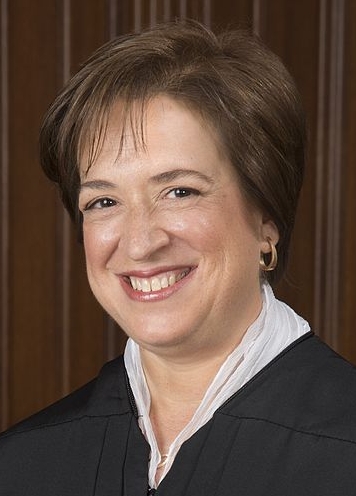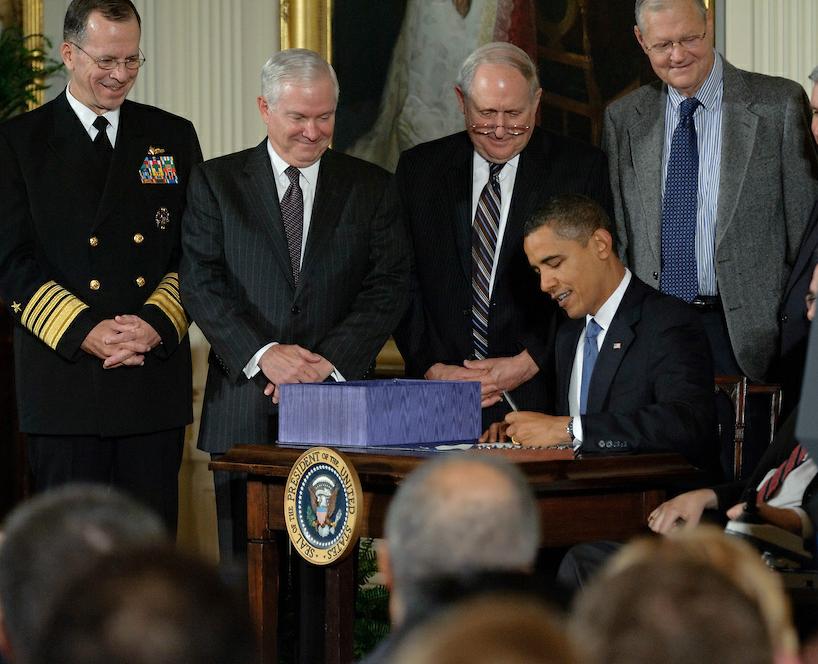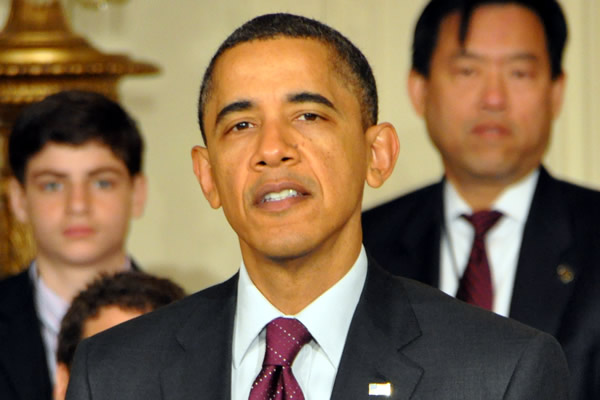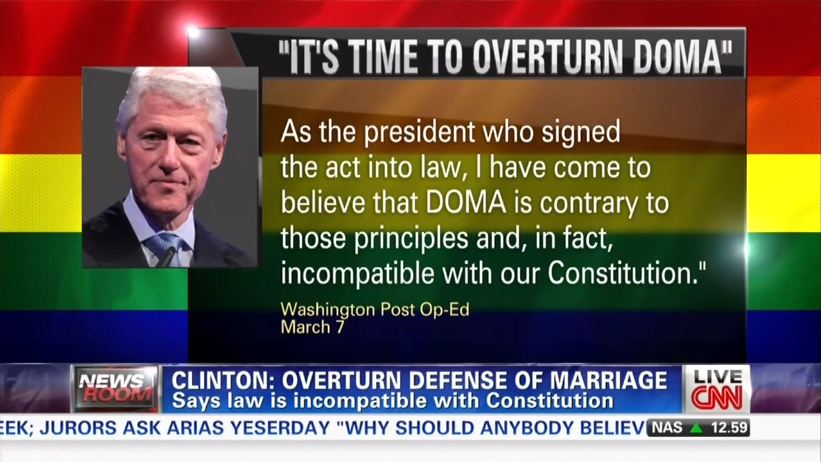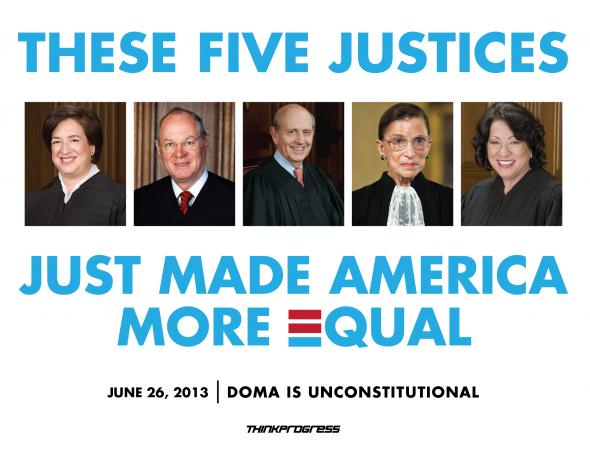27. OBAMA SEEKS TO "CHANGE" AMERICA

SOCIAL POLICY

SOCIAL POLICY
 Obama's pet project: The national
Obama's pet project: The nationalhealthcare program
 Obama's Supreme Court appointments
Obama's Supreme Court appointments
 Making the opposition to homosexuality
Making the opposition to homosexuality
a "hate crime"
 The move to end "Don't ask, don't tell" in
The move to end "Don't ask, don't tell" in
the military
 The ending of limits to contributions to
The ending of limits to contributions to
political campaigns
The textual material on this webpage is drawn directly from my work
America – The Covenant Nation © 2021, Volume Two, pages 432-439.
OBAMA'S PET PROJECT: THE NATIONAL HEALTHCARE PROGRAM |
|
During his presidential campaign in 2008, Obama made a promise to do something to improve the horrible state of affairs in health care financing that plagued the country. Health costs, compared to similar programs in other Western countries, were exorbitant, and getting worse for the average American with each passing year. Many working-class Americans could afford no health insurance coverage at all (however welfare recipients typically were better off in this matter of health coverage). Policies were costly to small businesses, and many of these businesses had to drop such health coverage in order to stay in operation. The assumption of the Democrats was of course that this problem was essentially a political problem, and thus required a political solution, that is, laws enacted by the federal government. Republicans strongly opposed this assumption, but offered no serious alternative solution to what had become a critical problem for Americans. Without expensive medical insurance, even a short stay in a hospital could be financially ruinous for the average American. Even a visit to the doctor for a 15-minute consultation could cost the equivalent of a day's wages for many hard-working Americans. And if tests were to be run (which were ordered as much to cover the question of the doctor's legal liabilities as to look for a reasonable cause to a medical problem, and thus were exhaustive in both number and expense) a medical problem of a rather typical size could become monumentally expensive. Mostly the huge costs of medical care in America (when compared to other Western nations) resulted from the culture of greed that afflicted the nation. That really was a question that could not be addressed by legislation, but only by strong moral leadership. But such moral initiative on the part of the nation's leaders was never forthcoming. Doctors were unquestioned in their privilege of living way above the standards of the average American (only the old timers in America could remember when back in the 1950s doctors still lived in the community side by side with their neighbors, whom they treated when sick in bed with house calls, rather than making them drag themselves to their waiting rooms – or if they had no appointments to drag themselves to the emergency rooms in hospitals where they could sit for hours waiting for medical attention). Part of the problem was a shortage of doctors, caused largely by the blocking by the doctors' union (American Medical Association or AMA) of the startup of new medical schools for students willing and eager to enter the profession, which is why medical schools from Switzerland in Europe to the tiny island of Grenada in the Caribbean were filled with capable American medical students unable to attain the highly prestigious privilege of entry into a gold-trimmed American medical school, and why by the time of Obama many of America's doctors were coming from India and Pakistan to make up the shortage created by this elitist strategy of the AMA. Then there were the lawyers who preyed on the doctors and hospitals, looking for patients willing to sue these holders of great wealth for mistakes, because gods do not make mistakes. Garage mechanics may do so, bankers may do so, teachers may do so, but not doctors. And then there was the matter of the hospitals, huge money mills in which a single night's stay frequently cost a person as much as a month's salary. And finally, most of all there were the medical insurance companies who cooperated with the doctors and lawyers to remove the medical system from all constructive market forces and pull medical pricing into a political labyrinth that few could figure out how it worked, except that everyone knew that it was financially a system out of control. In short, uncontrolled greed was largely responsible for the situation (despite the badmouthing of medical care in other Western countries, the fact is that overall the performance of those systems vastly exceeds the American medical system in providing affordable medical care to the average person). But who knew how to take an axe to this greedy system and bring it down to an affordable place in the life of the nation? The Republicans had no answers. And the Democrats proposed to make the system even more Byzantine by adding the government and its love of regulating everything into the mix of insurance companies, law firms, hospital corporations, the AMA and their community of wealthy and (often foreign-accented) doctors, a dazzling cast of political actors who had so far successfully lobbied to kill any action to bring the mess under reasonable control. In any case, in July of 2009, Obama's much-expected health-care proposal was finally published as a 1017-page document. The massive amount of data and information included in the law made it incomprehensible not only to average Americans but to even the Congressmen responsible for passing this bill into law. Both Liberals and Conservatives gathered forces to either support or oppose the proposed law in principle rather than detail, a law whose total cost to the American taxpayer and ultimate impact on the health industry was indeed highly debatable with quite different facts and figures being put forward depending on one's position on the bill. When the bill was first introduced, the Congressional Budget Office estimated that the program would cost $1 trillion over a ten-year period. At a time of skyrocketing federal deficits, a $1 trillion add-on to the deficit was hotly opposed by the Republicans. Democrats countered that it was going to cost the average American far more than that in rising health care costs if the legislation were not passed. But who really knew for sure? The debate grew so rancorous and confusing that finally the Democrats simply asked the Americans to "trust us, you will eventually see how good this legislation is and later come to thank us." Actually, that attitude eventually backfired with the American voter, and instead helped fuel a large fire of public distrust of government that was growing rapidly among the American voters. In any case, Obama wanted the bill passed by the end of the year (2009). With the help of the Democrat Party leader in the House (a powerful Nancy Pelosi), votes began to be lined up. So important to Obama was the passage of this legislation (to have failed would have weakened considerably what he understood as the proper image of Presidential leadership) that in September he spoke directly to Congress on the matter. But the end of the year came and only the Senate had voted approval of the bill (60-40), though it was vastly changed from the original submitted by Obama. It lacked the "public option," a government health insurance program which was designed to be cheaper than the private health insurance plans and which Obama said would thus force down the price of all insurance policies. The Republicans countered that the public option would drive private health insurance companies out of business, leaving the country with only a government-managed health care program: medical socialism. In the House the debate continued into the early months of 2010. Public opinion polls were registering deep concerns by the American voter about the whole issue. 2010 was a congressional election year and the long debate, and lowering of popular American support for the legislation, was making the legislators nervous. In the end the House approved in a very close vote of 219 to 212 the Senate version, with no Republicans voting in favor despite the large number of Republican amendments that had been added to the bill. It was signed into law by the president two days later (March 23, 2010) as the Patient Protection and Affordable Care Act, known simply as the Affordable Care Act (ACA), though even more widely as "Obamacare." But the Republicans vowed that if voter anger over this government program brought a Republican majority to Congress in November, the Republicans would repeal this "unconstitutional" act. Of course, repeal was an empty threat unless they could gain at least two-thirds of the seats in both houses of Congress in order to get such legislation past an Obama veto. Failing to fund the program however was not, for a simple Republican majority in just a single house of Congress (looking increasingly likely to be the House of Representatives as the election approached in late 2010) could stop all spending in support of the law. But still, in the end, Obama had his piece of legislation. But it cost him and the Democrats a lot of support with the voting public. The Republicans had an issue to run with, and chip away deeply at the position of the Democratic Party in Congress. The Democrats lost six seats to the Republicans in the Senate. But still holding 51 seats to the Republicans' now 47 seats (and with Independent Senators tending to vote with the Democrats), the Democrats managed to hold their majority position there. But the House election was a rout, with the Republicans picking up 63 seats, the largest swing in House political fortunes since 1938. With a 242 Republican seating to now only a 193 Democratic seating in the House, the House of Representatives found itself under strong Republican control. But Obamacare would manage its way forward, despite a general dislike of the program (more among the older population; the younger population tended to be somewhat favorable, and minorities were strongly in favor of the program). It would take a number of years (roughly five years later) before polls showed that Americans as a whole were finally more supportive than opposed to the program.
|
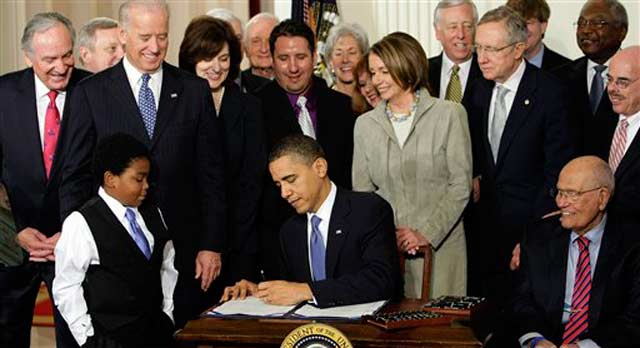

OBAMA'S SUPREME COURT APPOINTMENTS
OBAMA'S SUPREME COURT APPOINTMENTS |
|
The Sotomayor Supreme Court appointment
Of Puerto Rican descent, she had been very active in promoting Hispanic civil rights, leading a movement to force Princeton, where she was an undergrad in the mid-1970s, to hire more Hispanic teachers and offer courses on Hispanic culture. She entered Yale Law School where her pro-Hispanic activities continued, including a formal complaint against a law firm interviewing students at the school that had suggested that she was at Yale only because of the school's affirmative action policy (granting special consideration to minorities for admission). This set off a huge debate on campus, even making news in the Washington Post when the law firm issued a formal apology. After law school she worked as a prosecuting attorney in New York City, eventually left to start her own law firm, then in 1991 was appointed by Bush, Sr. as a federal district judge (New York). In 1997 Clinton appointed her to the Court of Appeals for the 2nd Circuit, though she ran into Senate Republican resistance to the appointment based on concern about her affirmative action leanings. However, she finally received confirmation a little over a year later in a 67-29 vote. When her nomination by Obama for the position of Associate Justice of the Supreme Court arrived at the Senate, she again faced a strong Liberal-Conservative split in support. Brought up frequently by dissenting Conservatives was a quote from a 2001 speech she had made (but similar to other statements that this rather colorful personality had made from time to time): "I would hope that a wise Latina woman with the richness of her experiences would more often than not reach a better conclusion than a white male who hasn't lived that life." Also brought up at the time was the Ricci v. DeStefano case. The case concerned the dismissing of the results of a fireman's test for promotion in rank (lieutenant and captain) by the city of New Haven because only two Hispanics and no Blacks had scored well enough to qualify for the promotions, all the other qualified candidates (17) being Whites. The case had been appealed to a panel of three judges (which included Sotomayor) who in 2008 upheld the city's dismissal of the test. But the case was appealed to the Supreme Court, just as Sotomayor was under scrutiny for the Supreme Court appointment. The Supreme Court, in its own 5-4 vote along Conservative-Liberal lines, reversed the Circuit Court's (and thus Sotomayor's) decision in June of 2009, during the heat of the hearings on her appointment. Sotomayor affirmed that "I do not believe that any ethnic, racial or gender group has an advantage in sound judgment." Actually, her record was generally in line with that statement. But Republicans were not moved by her affirmation, and Democrats were behind her in the nomination for the same reasons that the Republicans were opposed. The appointment was viewed as a strongly Liberal appointment, to hold the Liberal position on the Supreme Court (but she was replacing a Liberal Justice, so her appointment did not change the Conservative-Liberal balance of the Court). The Kagan Supreme Court appointment
She too was a graduate of Princeton University, though a Harvard rather than Yale Law School grad like Sotomayor. She was, like Sotomayor, an academic high achiever, noted for her publications on various issues of the law. It was hard to pinpoint her as a Liberal, though the fact that her appointment as the third female and third Jewish member of the nine-member Supreme Court gave her the social profile that Liberals seek in a Justice. She was known to have strong views in support of homosexual rights, and as Harvard Law School Dean had forcefully opposed the military's appearing on Harvard campus for recruiting purposes because of its "don't ask; don't tell" policy concerning homosexuals in the military. The fact that she had never been married but instead pursued a life of legal professionalism made her also typical of the ambitions of a rising generation of Gen-Xers (Sotomayor had been married but was divorced since 1983 and childless, giving her a similar profile). Her hearings were less controversial than Sotomayor's, lasting only five weeks before a Senate vote to confirm in early August (2010). But again, the vote followed largely party lines, 63-37, only five Republicans voting in favor (but one Democrat opposed). Two days later she was sworn in as Associate Justice of the U.S. Supreme Court.
quite cleverly tacked onto the legislation (National Defense Authorization Act) providing funding for the U.S. military!
|
THE ENDING OF LIMITS TO CONTRIBUTIONS TO POLITICAL CAMPAIGNS: CITIZENS UNITED V. FEC (2010) |
| But
a major change in the political character of America would come not
from Obama and his Democratic Party majority in Congress, but once
again, from the Supreme Court, in another huge step in making itself
more decisively the supreme legislative body within the American
political hierarchy. It would take this step in 2010 with its
highly contentious 5-4 decision in the Citizens United v. FEC
case, overturning provisions of the 2002 Bipartisan Campaign Reform Act
(the BCRA, but also known as the McCain-Feingold Act) ... and for that
matter laws that reached all the way back to the presidency of Teddy
Roosevelt a century earlier, placing restrictions on the size, type and
timing of financial contributions allowed to be offered in the
electoral campaign process. In explaining their decision, the majority justices (Kennedy, Roberts, Scalia, and, in part, Thomas) made the claim that their decision was designed to protect the free speech clause of the First Amendment from unwarranted governmental control. And free speech was a right extended not just to individual Americans but also to social organizations, not just media organizations but all organizations. Also, direct contributions by corporations to political parties was still forbidden, even under this new Supreme Court ruling. However, the dissenting justices (Stevens, Ginsburg, Breyer and Sotomayor) claimed that ending regulations concerning campaign contributions would undercut deeply democratic equality, giving wealthy donors vastly unfair advantage in shaping electoral outcomes. How was this so? Although corporations could not contribute directly, organizations set up to support specific candidates, "political action committees," could receive such unlimited financial support, making a mockery of the idea of contribution limits to campaigns. President Obama was furious about the decision, stating his opposition very clearly in his 2010 State of the Union Address, presented in front of some very uncomfortable justices seated immediately in front of him ... only one week after the Supreme Court decision itself. But Republican Senator John McCain (coauthor of the 2002 law struck down by this recent decision) was just as adamant in his opposition, and for the same reason: he saw that this as clearly an invitation for major moneyed interests to take over the dynamics of the American electoral process. And indeed, it did not take long for "Super PACs" to develop, pouring hundreds of thousands into particular campaigns, the monies deriving predominantly from this or that very, very wealthy individual. At first this seemed to advantage considerably the Republican Party. But it did not take the Democratic Party long to take up the new dynamic. But in the end, it caused both parties to lose considerable power to discipline their own organizations, and conduct elections along precise party lines. Instead "political celebrities," backed up by considerable personal financial backing, could conduct their campaigns on whatever ideological basis they personally chose to do so, even just the pleasure of becoming a political celebrity. But this was an invitation for American politics to prefer to take the celebrity road than that of well-seasoned political debate, forcing voters to choose individuals not on the basis of precise political ideals, but instead on the basis of clever theatrics. This was a horrible development for American democracy.
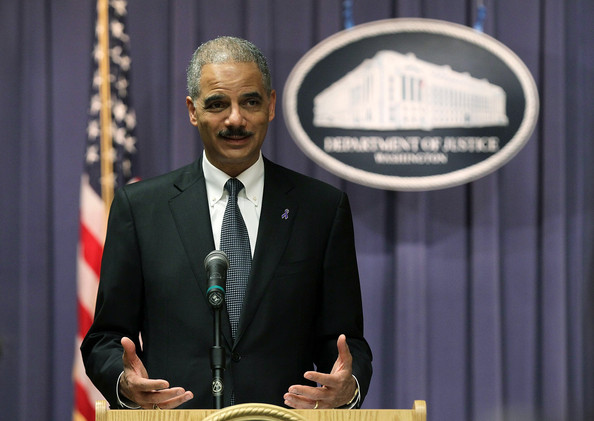 U.S. Attorney General Eric Holder, in a letter to Congress (Feb 23, 2011), announced that the Department of Justice (DOJ) would no longer defend the 1996 Defense of Marriage Act (DOMA)
Increasingly the Liberals have "seen the light"
 Go on to the next section: The Cultural Split Deepens
 |

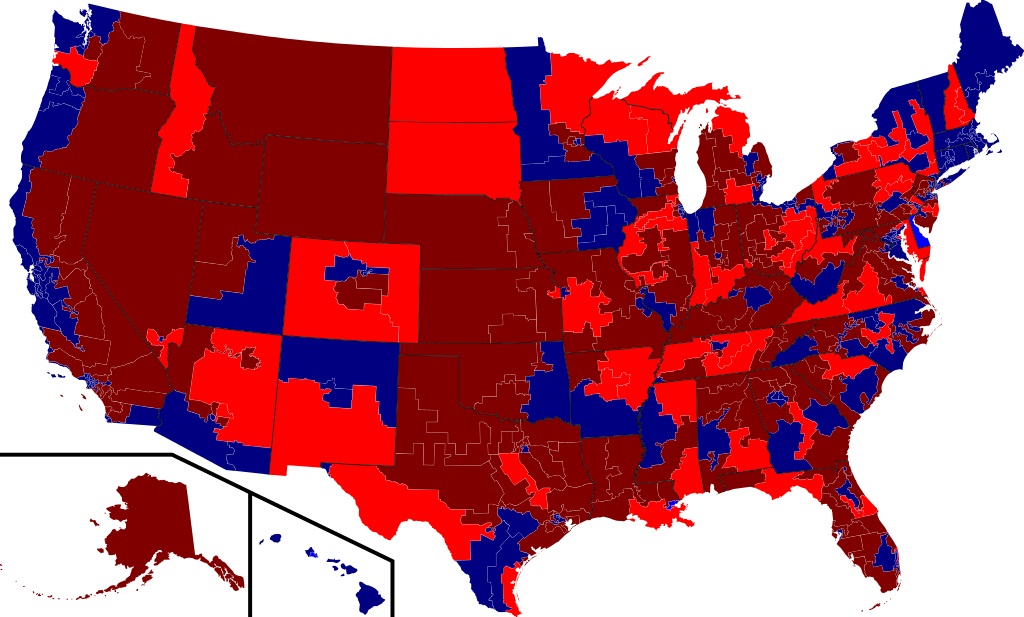
 In May (2009) Obama nominated Sonia Sotomayor to
replace retiring Supreme Court justice David Souter. Her appointment
was confirmed by the Senate in August, in a 68-31 vote, along a largely
Democrat-Republican party dividing line.
In May (2009) Obama nominated Sonia Sotomayor to
replace retiring Supreme Court justice David Souter. Her appointment
was confirmed by the Senate in August, in a 68-31 vote, along a largely
Democrat-Republican party dividing line.